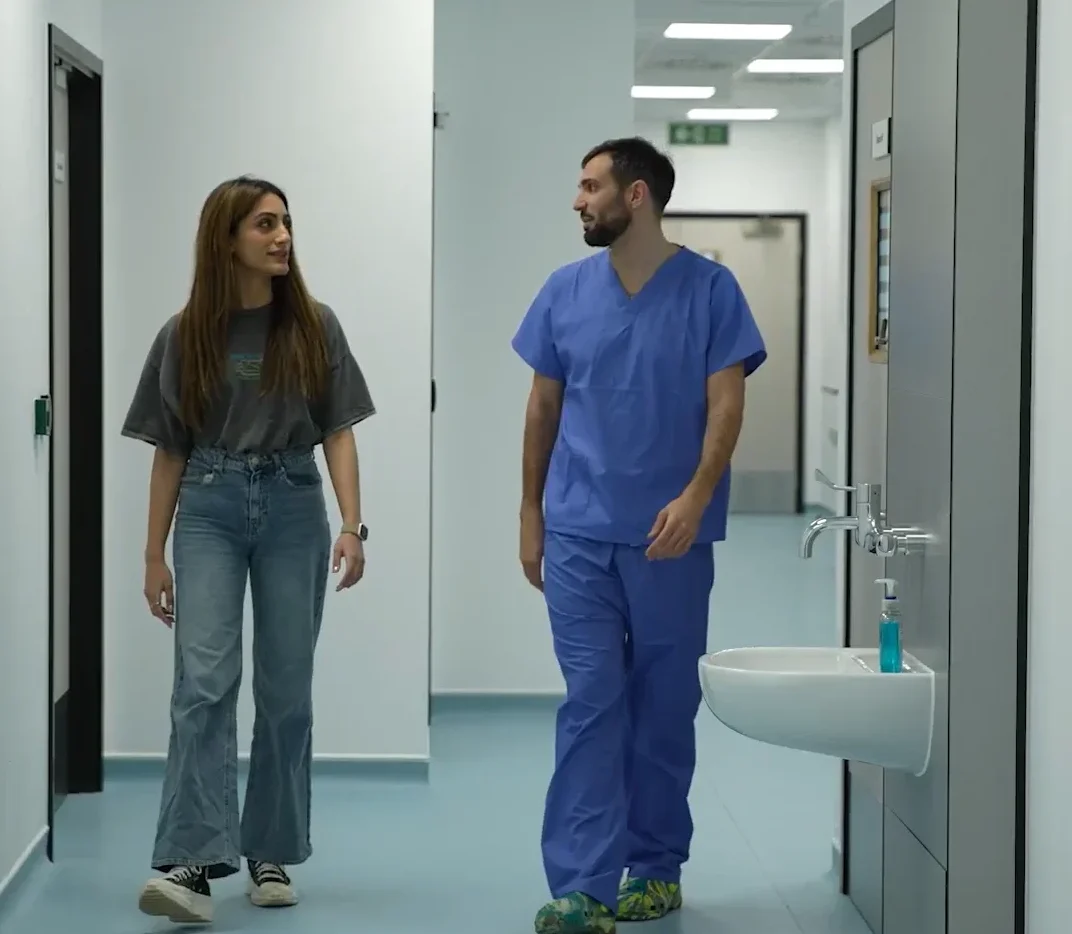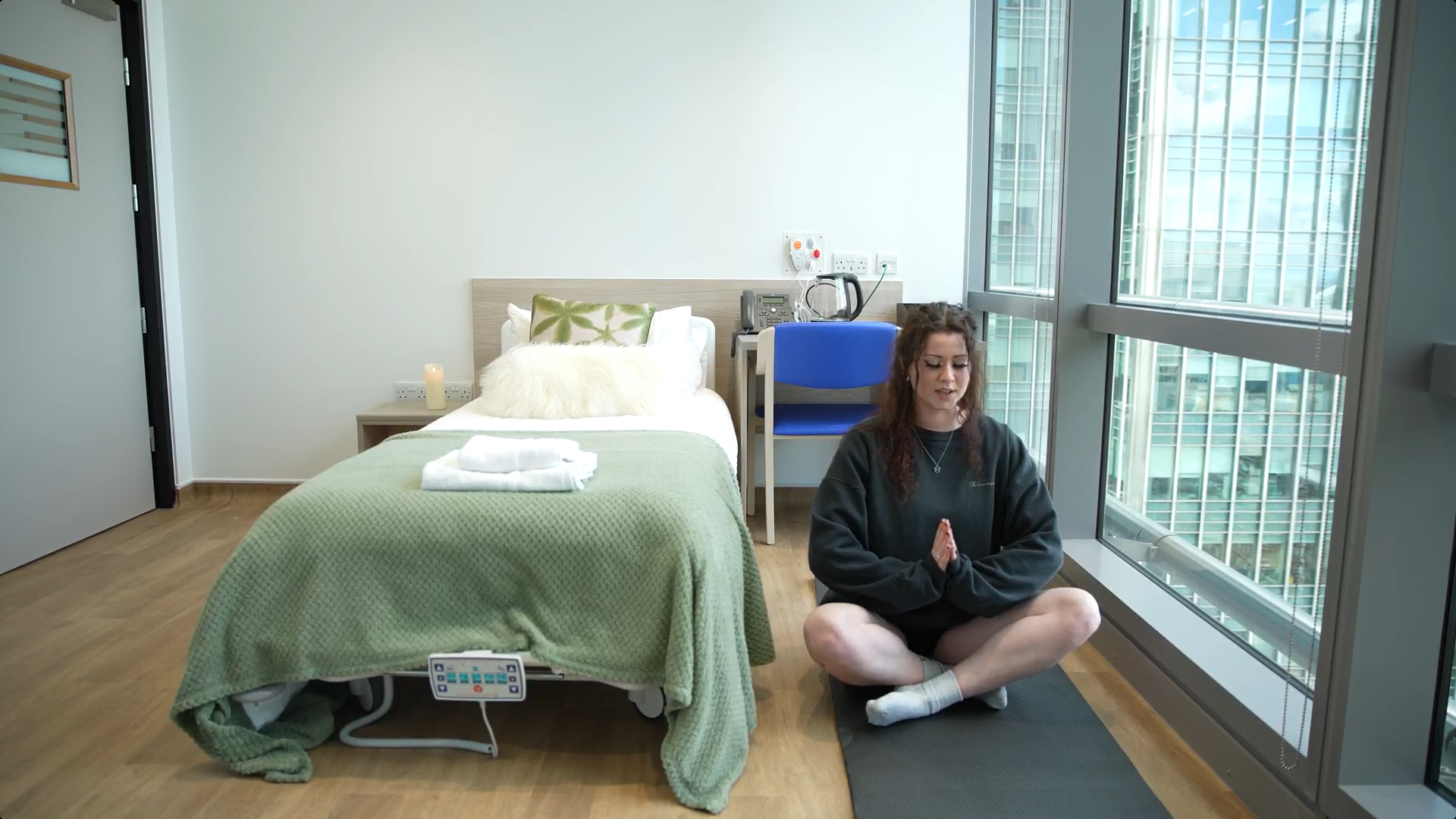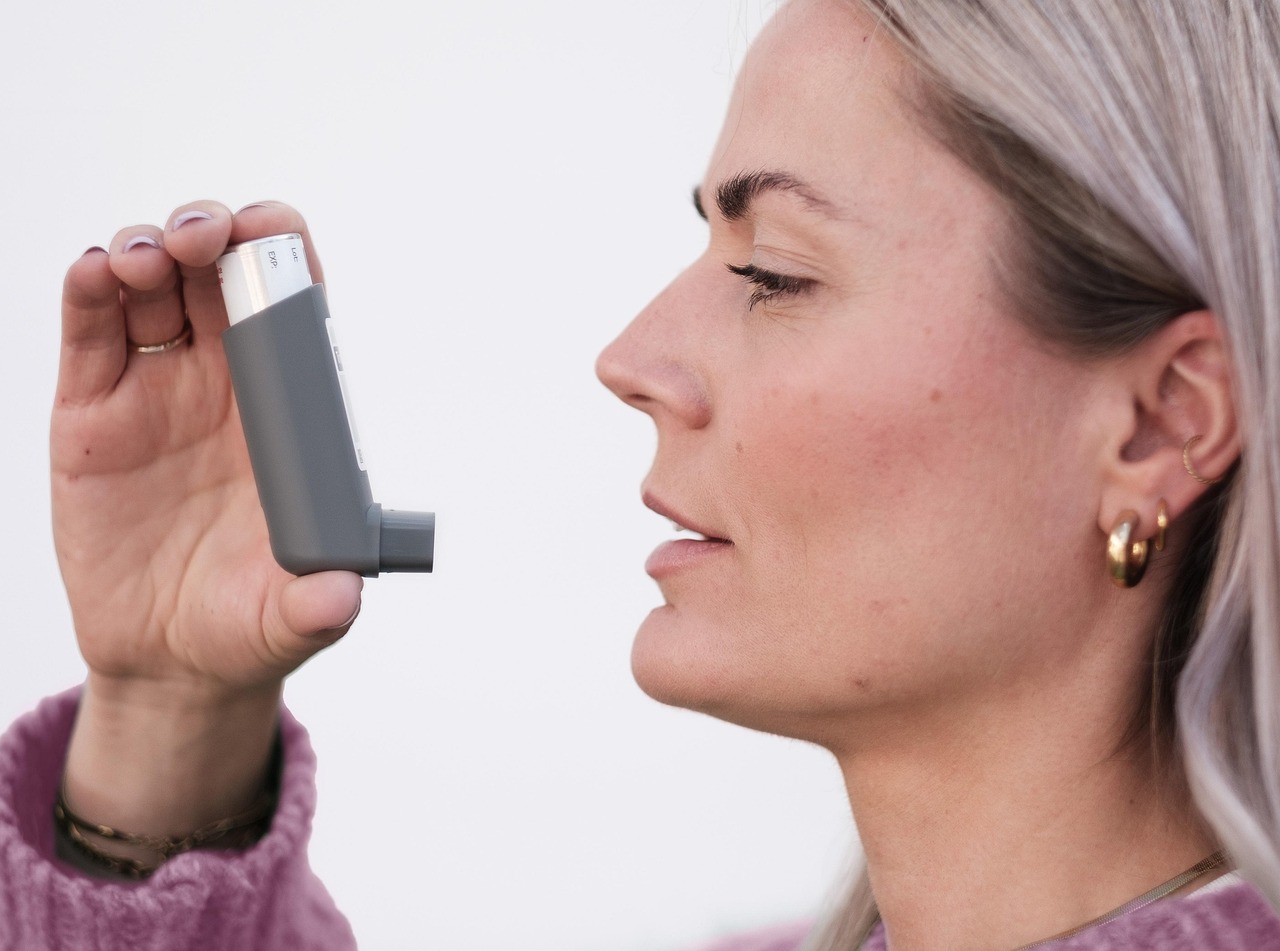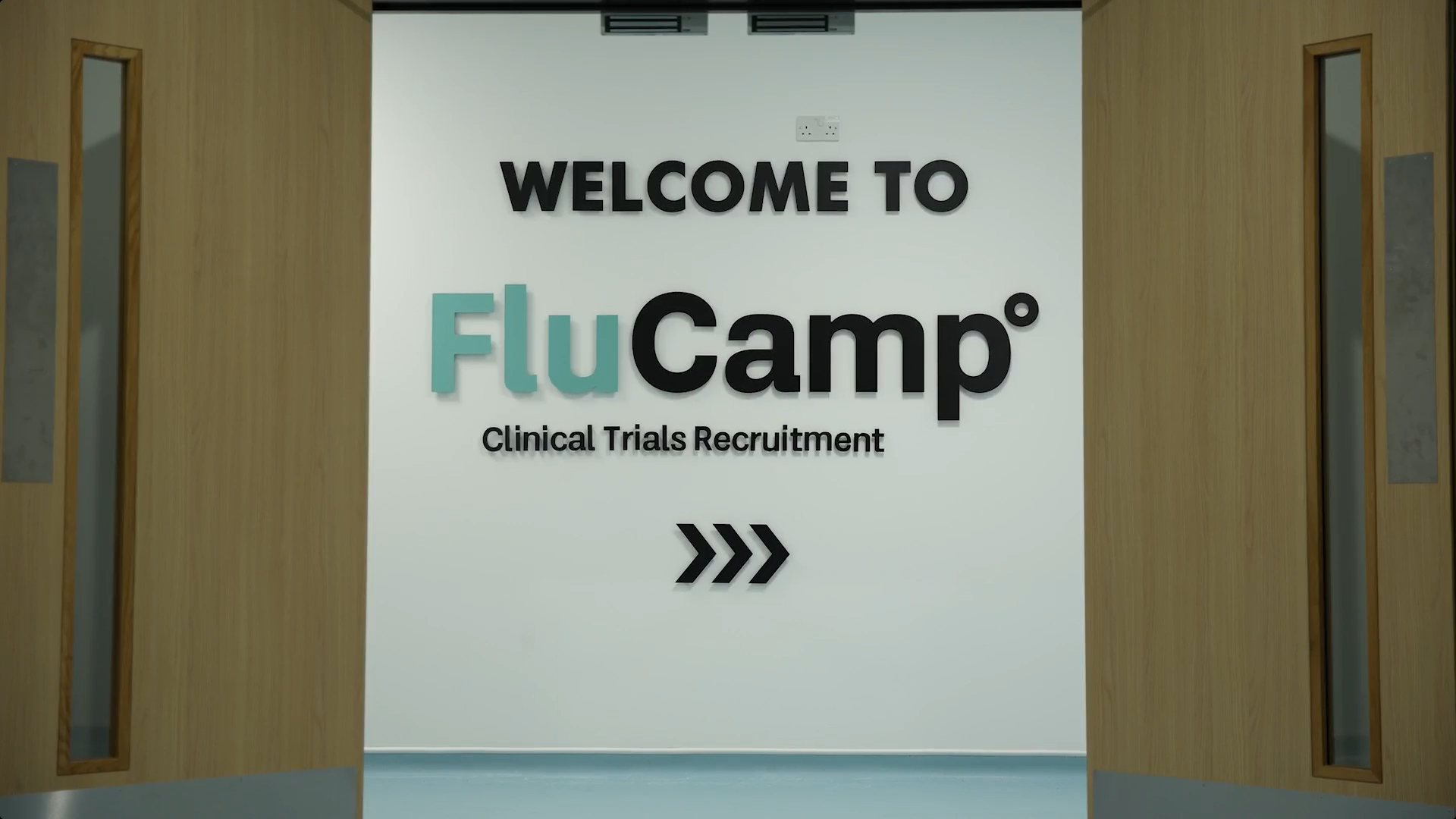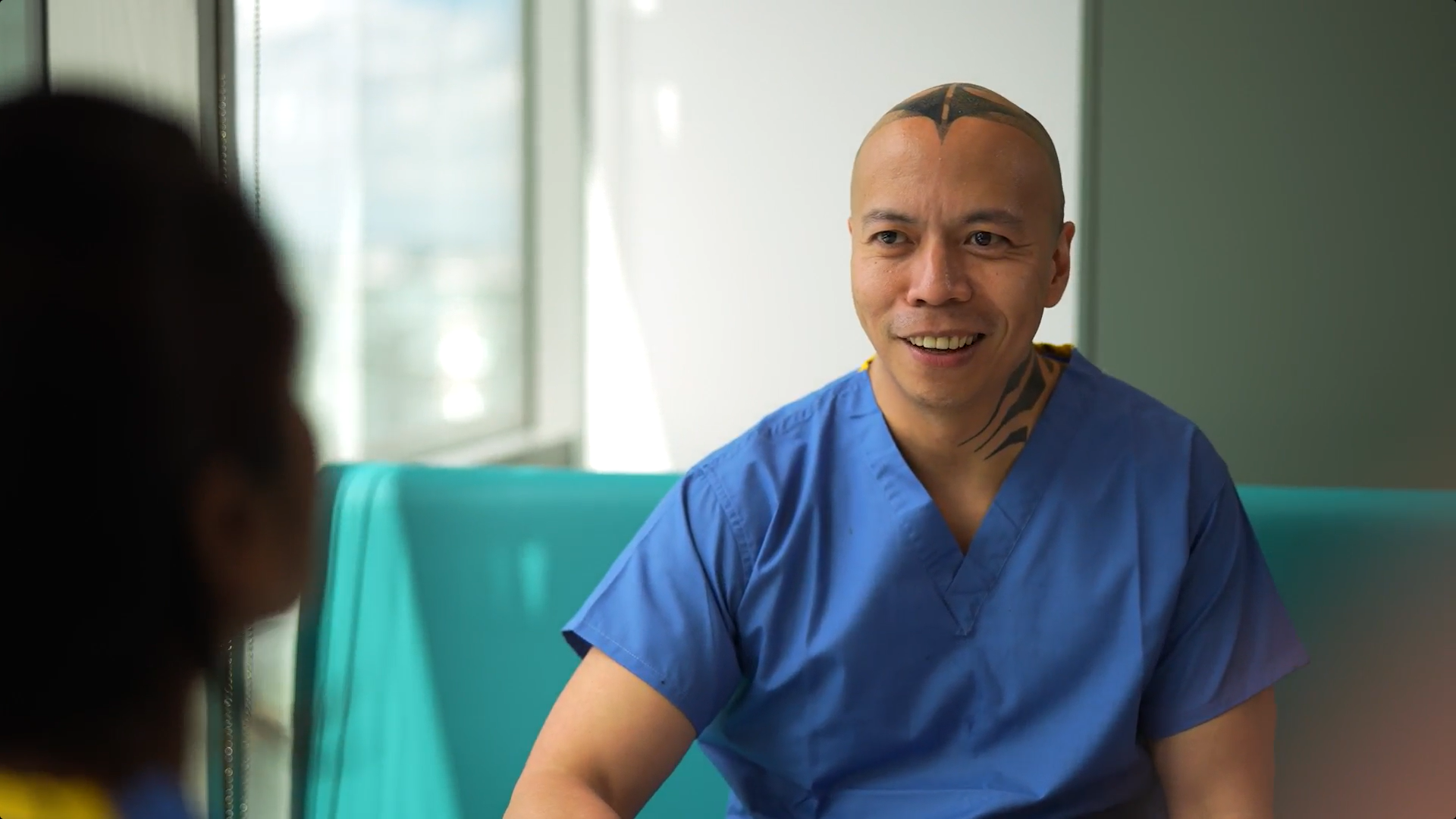Clinical trials are crucial for the medical industry, as they allow new interventions to be studied for efficacy and safety. It’s important to understand how clinical trial results are used, as this gives you an idea of what happens after the study. In this article, we examine how the data from clinical trials is used and analysed, and the influence it has on different areas of the medical industry.
How is clinical trial data analysed?
Once the clinical trial is complete, it’s time to capture all of the data into software that’s designed to help organise it. This is important as it allows for data cleaning, where analysts remove any information that is incomplete or contains errors.
At this point, the biostatistician helps ensure that randomisation of patients is done properly. They already advised on the study’s design, and now they help make sure that the endpoints and goals of the study were properly achieved.
The researchers will often divide the data into subgroups during the analytic period. This allows specific groups of patients to be analysed. It also makes it easier to identify patterns and keep everything organised.
These processes help ensure that the researchers can identify the potential effectiveness of an intervention, such as a new drug or therapy.
How is clinical trial data used?
You may be wondering, how is clinical trial data used? After the data is collected, analysed and compiled into a report, there are several ways that it can be used. We’ll take a closer look at these methods below.
Drug and treatment approval
Regulatory bodies, such as the Medicines and Healthcare Products Regulatory Agency (MHRA), need to approve a drug for use in patients before doctors can prescribe it. The clinical trial results play an important role in helping these authorities and agencies understand the effectiveness of a treatment, whether it offers better success rates than current interventions, and whether it’s safe.
There’s a thorough review process that goes into the approval of a new drug or therapy. When the regulatory body decides that the clinical trial results do not meet its standards, the intervention won’t be approved. Any medical products used during the trial need to be licensed before they can be legally used in the study.
Developing new treatments
Clinical trial results can also help researchers determine new ways to treat diseases. When a trial is successful, it can provide a basis on which future clinical studies can work.
Many clinical trials can also offer more extensive details about the underlying factors of diseases. This type of information helps researchers and medical experts identify new ways to target a disease that may be difficult to treat with existing interventions.
Improving existing treatments
Advancements in the medical industry over the last few decades have ensured that most diseases have treatments. Even though some diseases are not curable, treatments can often help to reduce the severity and impact of symptoms.
Through clinical trials, it’s possible to improve the treatment options that are currently available. For example, a trial may consider the use of combination therapy, where multiple interventions are used to treat a specific disease. It may also shed light on how changes to existing treatment plans can provide improvements in how these conditions are targeted. This helps to create personalised care opportunities, where doctors have a better understanding of the dosage they should use based on disease and health status.
Informing healthcare practice
This is another area that comes into the picture when considering how clinical trial results are used. The latest research that these studies and reports offer helps to shape the way that guidelines are created. It also gives healthcare providers meaningful data they can use to keep their patients safe, and also to address symptoms and diseases more effectively.
Sharing knowledge
After a clinical trial is complete, the data is usually collected, analysed and then compiled into a report. This report is then published in a journal, which allows the entire medical community to access the findings of the study.
Sharing this knowledge helps educate people in different areas of the medical industry. This can create opportunities for collaboration and spark innovation among researchers, particularly because these journal entries are usually shared openly. This, in turn, helps to speed up the process of creating new treatments for various diseases.
Why is it important to understand clinical trial results?
Clinical trial results and the data compiled by the research team play an important part in various aspects of the medical industry.
For patients, the data allows them to make more accurate and informed decisions about treatment options. Patients can review the results of a clinical trial and determine which treatments would be most effective for them. It also allows the patient to understand potential side effects they could experience with these interventions.
Healthcare providers can also take advantage of clinical trial results. The data that the reports offer following the trial ensures that healthcare providers can determine which treatments to prescribe to their patients. When a doctor reviews the safety profile of interventions, they can also get more details about interactions and precautions. This helps them offer more efficient treatment plans to their patients.
Medical researchers can also benefit from clinical trial results. They can use the data to plan out new studies, laying a foundation for future research. The data is also important in refining the hypotheses that researchers develop, and contributes to the overall scientific body of knowledge.
Before a new drug or therapy can go to market, it needs to go through clinical trials. This is where regulatory bodies come into the picture. The MHRA, for example, reviews the data that researchers compile after they receive the results of a clinical trial. This data allows the MHRA and other bodies to determine whether a drug is appropriate for approval.
Communities can stay informed by keeping up with the latest clinical trial results and reports. This enables the communities to demand access to the latest advancements in medicine, while also creating better outcomes for public health in local areas.
How FluCamp utilises clinical trial results
FluCamp uses a rigorous process to ensure the integrity and accuracy of all data collected during a clinical trial. Once clinical trial results are collected, there is a thorough process of data cleaning and analytics, and also organisation. This allows the data to offer a detailed overview of treatment efficacy and safety, both important aspects when it comes to bringing new drugs to the market. FluCamp monitors the side effects of any drugs used in a clinical trial and considers how it affects the patient’s overall health.
A great example was the update on the Covid Challenge Trial, which was done while the coronavirus epidemic was at its peak in the UK. Everything from the clinical trial was documented and analysed, which allowed researchers to identify effective ways to detect the virus, identify the symptoms and more.
What next?
After clinical trial results are collected, analysts and researchers compile everything into a database, organise the data, and then use this for various purposes. FluCamp regularly conducts clinical trials to advance the medical industry, bring new treatments to the market, and share helpful knowledge. Get in touch to learn more about FluCamp’s clinical trials and to find out if you’re eligible.
